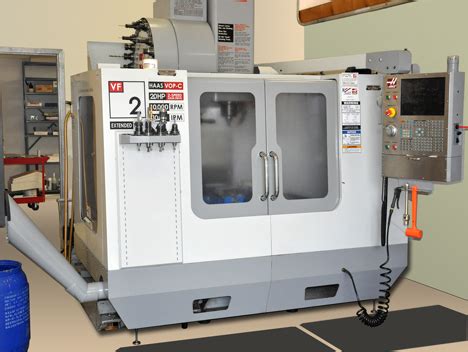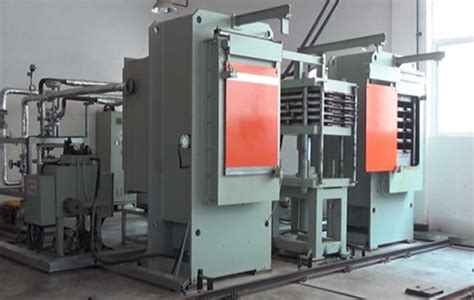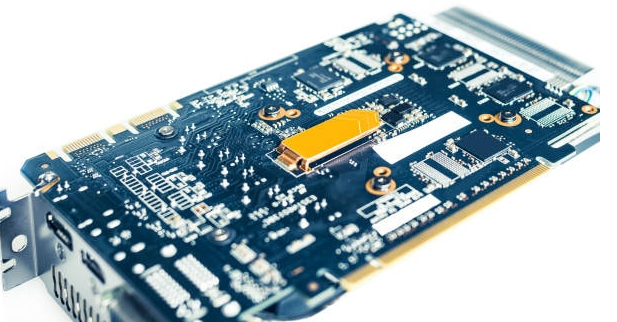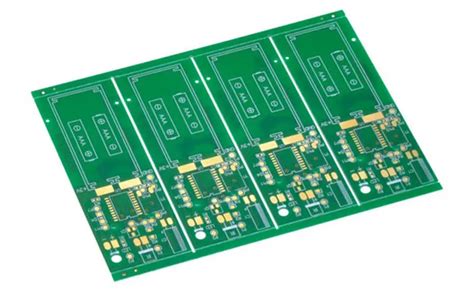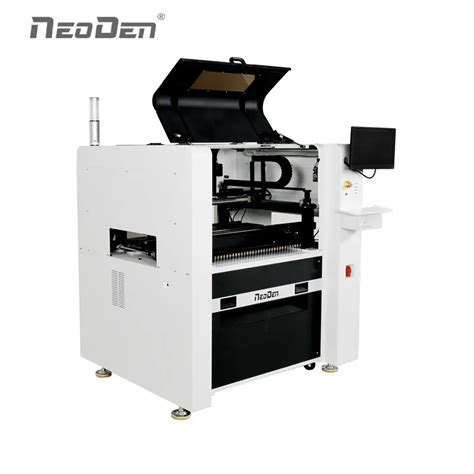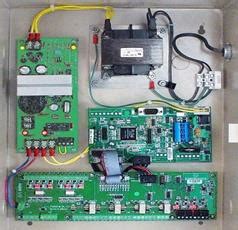Automotive PCB Assembly: Precision Solutions for Next-Gen Vehicle Systems
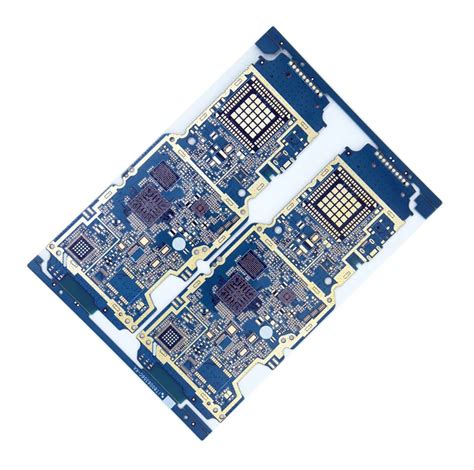
Key Takeaways
Modern automotive systems rely on PCB assembly (PCBA) to deliver the precision required for next-generation vehicles. As vehicles evolve into smart mobility platforms, the demand for high-reliability electronics intensifies, particularly in electric vehicles (EVs) and autonomous driving systems. Advanced PCBA processes ensure seamless integration of sensors, power management modules, and communication interfaces, while adhering to stringent automotive standards like ISO 26262 and AEC-Q100.
"The shift toward autonomous and electric vehicles demands PCBs that balance miniaturization with ruggedness. Every PCB assembly must withstand extreme temperatures, vibrations, and EMI interference."
Key considerations in automotive PCBA include:
| Design Factor | Application Impact |
|---|---|
| Thermal Management | Ensures stability in EV battery systems |
| Signal Integrity | Critical for LiDAR and radar integration |
| Material Durability | Resists corrosion in harsh environments |
To meet automotive-grade reliability, manufacturers prioritize multilayer PCBs with high-temperature substrates and conformal coatings. Innovations like embedded components and flexible circuits are also gaining traction, enabling compact designs for space-constrained vehicle architectures.
Pro Tip: Always validate PCB assembly workflows with accelerated life testing to simulate real-world stressors, from thermal cycling to mechanical shock. This step is non-negotiable for systems powering autonomous driving or EV powertrains.
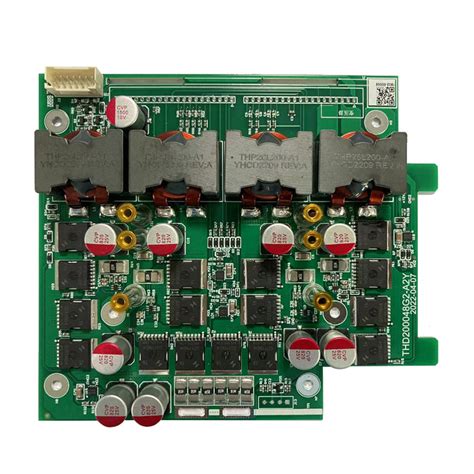
Automotive PCB Assembly for Modern Vehicles
Modern vehicles rely on PCB assembly technologies to power increasingly complex electronic systems, from advanced driver-assistance systems (ADAS) to in-vehicle infotainment. As automotive designs evolve toward electrification and autonomy, PCBA (printed circuit board assembly) must address unique challenges, including vibration resistance, thermal stability, and miniaturization. High-reliability PCB assembly processes now incorporate materials like ceramic substrates and high-temperature laminates to withstand harsh automotive environments, ensuring consistent performance over a vehicle’s lifespan.
To meet stringent automotive standards, manufacturers prioritize design-for-manufacturability (DFM) principles, optimizing layouts for signal integrity and electromagnetic compatibility (EMC). Innovations such as embedded components and flex-rigid PCBA enable compact, lightweight solutions critical for electric vehicles (EVs) and autonomous driving modules. Additionally, automated optical inspection (AOI) and X-ray testing are integral to quality control, minimizing defects in safety-critical applications.
As connectivity demands grow, PCB assembly integrates advanced communication protocols like CAN FD and Ethernet AVB, supporting real-time data transfer between sensors and control units. This seamless integration underscores the role of PCBA in enabling next-gen mobility solutions, balancing precision engineering with scalability for mass production. The shift toward high-density interconnect (HDI) designs further highlights the industry’s focus on delivering robust, future-ready electronics for modern vehicles.
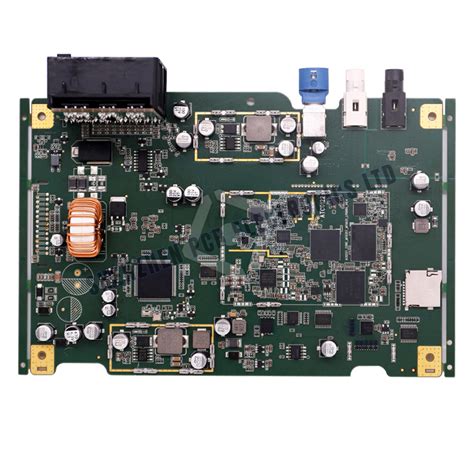
Ensuring High-Reliability Automotive Electronics
The demand for high-reliability automotive electronics hinges on rigorous PCB assembly processes tailored to withstand extreme operational conditions. Modern vehicles require robust circuitry capable of enduring temperature fluctuations, mechanical vibrations, and prolonged exposure to moisture. PCBA (printed circuit board assembly) solutions for automotive applications prioritize zero-defect manufacturing, leveraging automated optical inspection (AOI) and X-ray testing to eliminate faults in solder joints or component placement.
To meet automotive-grade standards, materials such as high-Tg laminates and copper substrates are selected for their thermal stability and electrical performance. Advanced PCB assembly techniques, including conformal coating and selective soldering, enhance durability against environmental stressors. Manufacturers also integrate failure mode and effects analysis (FMEA) during design phases to preemptively address potential reliability risks.
Furthermore, adherence to AEC-Q100 and ISO 26262 certifications ensures that PCBA systems meet stringent safety and performance benchmarks. As vehicle architectures evolve toward electrification and autonomy, the role of traceability in PCB assembly becomes critical, enabling rapid identification of component origins in case of recalls. This focus on precision and accountability directly supports the seamless integration of next-generation automotive technologies while maintaining compliance with global automotive standards.
Smart Mobility Integration via PCB Innovations
The evolution of PCB assembly technologies is driving transformative advancements in smart mobility, enabling seamless connectivity and real-time data processing across modern vehicle systems. As vehicles transition toward autonomous and connected ecosystems, PCBA designs must prioritize miniaturization, signal integrity, and thermal management to support advanced applications like ADAS, V2X communication, and in-cabin infotainment. For instance, high-density interconnect (HDI) boards are critical for integrating sensors, LiDAR, and radar systems, ensuring millimeter-wave accuracy in dynamic environments.
Automotive-grade PCB assembly processes now incorporate robust materials such as high-Tg laminates and conformal coatings to withstand harsh operating conditions, from temperature fluctuations to electromagnetic interference. Additionally, the shift toward software-defined vehicles demands flexible PCBA architectures that accommodate over-the-air (OTA) updates and adaptive AI algorithms. By aligning with ISO 26262 and ASPICE standards, manufacturers ensure functional safety while optimizing power distribution for hybrid electric and autonomous platforms.
These innovations not only enhance vehicle-to-grid (V2G) interoperability but also pave the way for scalable IoT integration, reinforcing the backbone of next-generation transportation networks. As smart mobility evolves, precision in PCB assembly remains pivotal to balancing performance, reliability, and compliance across global automotive markets.
EV Systems Demand Advanced PCB Solutions
The transition to electric vehicles (EVs) has redefined performance benchmarks for PCB assembly, requiring designs that balance high power density with thermal resilience. Unlike traditional automotive electronics, EV systems—such as battery management systems (BMS) and onboard chargers—rely on PCBA solutions capable of handling voltages exceeding 800V while maintaining signal integrity. Multilayer rigid-flex boards are increasingly adopted to optimize space in compact drivetrains, ensuring efficient heat dissipation and resistance to vibration.
To meet stringent safety standards, manufacturers prioritize materials with high thermal conductivity, such as ceramic-filled substrates, which prevent overheating in high-current applications. Advanced PCB assembly techniques, including automated optical inspection (AOI) and X-ray testing, are critical for detecting micro-defects that could compromise reliability in extreme operating conditions. Additionally, the integration of silicon carbide (SiC) semiconductors demands precise trace spacing to mitigate electromagnetic interference (EMI), a non-negotiable factor in EV power electronics.
As automakers push for longer ranges and faster charging, PCBA designs must also support bidirectional energy flow and real-time diagnostics. This evolution underscores the need for collaboration between Tier 1 suppliers and PCB assembly specialists to align manufacturing processes with the dynamic requirements of next-generation electric mobility.

Autonomous Driving Compliance in PCB Design
The integration of PCB assembly technologies into autonomous driving systems demands rigorous adherence to safety and regulatory frameworks. As self-driving vehicles rely on real-time data processing and sensor fusion, PCBA designs must prioritize signal integrity, thermal management, and electromagnetic compatibility (EMC) to meet ISO 26262 functional safety standards. For instance, multilayer boards with controlled impedance traces ensure minimal noise interference in LiDAR and radar modules, while advanced materials like high-Tg laminates enhance durability under extreme temperature cycles.
Compliance also extends to traceability and testing protocols. Automotive-grade PCB assembly processes incorporate automated optical inspection (AOI) and X-ray verification to detect micro-cracks or soldering defects that could compromise system reliability. Additionally, fail-safe circuitry and redundancy features are embedded into PCBA layouts to align with ASIL-D requirements, ensuring fail-operational performance in critical scenarios. By balancing design innovation with stringent automotive certifications, manufacturers can deliver boards that not only power autonomous functionalities but also withstand the dynamic mechanical stresses inherent in next-gen vehicle architectures.
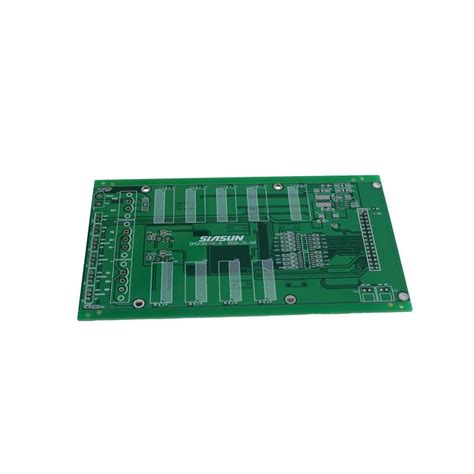
Automotive Standards for PCB Manufacturing
The automotive industry imposes stringent requirements on PCB assembly processes to ensure reliability, safety, and performance in harsh operating environments. Compliance with standards such as AEC-Q100 (stress testing for integrated circuits) and ISO 26262 (functional safety) is non-negotiable for PCBA designed for vehicles. These frameworks mandate rigorous testing for thermal cycling, vibration resistance, and humidity tolerance, addressing the extreme conditions encountered in automotive applications.
Modern PCB assembly must also align with IPC-6012DA, a specialized standard governing the durability and reliability of printed boards in automotive systems. This includes specifications for material selection, layer stack-up, and solder joint integrity—critical factors for electric vehicle (EV) power electronics and advanced driver-assistance systems (ADAS). Manufacturers often integrate IATF 16949-compliant quality management systems to trace defects and minimize failure risks during high-volume production.
Additionally, electromagnetic compatibility (EMC) standards like CISPR 25 ensure that PCBA does not interfere with onboard sensors or communication networks, a growing concern as vehicles incorporate more connected technologies. By adhering to these benchmarks, suppliers guarantee that automotive PCB assemblies meet both regulatory mandates and the evolving demands of next-gen mobility solutions—laying a foundation for seamless integration with smart mobility and autonomous driving architectures.
Durability Challenges in Vehicle PCB Assembly
Modern vehicles demand PCB assembly solutions that withstand extreme operational environments while maintaining electrical integrity. Unlike consumer electronics, automotive PCBA must endure constant thermal cycling, exposure to moisture, and mechanical vibrations exceeding 15G in some cases. Engineers prioritize high-reliability materials, such as polyimide substrates and lead-free solders, to combat delamination or solder joint fatigue over a vehicle’s lifespan.
A critical focus lies in optimizing vibration resistance, as uneven road surfaces and engine harmonics can destabilize component connections. Advanced automotive-grade adhesives and strategic component placement mitigate these risks, ensuring stable performance in EV battery management systems or ADAS controllers. Additionally, corrosion-resistant conformal coatings protect against road salt and chemical exposure, a necessity for under-the-hood PCBA modules.
Thermal management remains equally vital. Power-dense systems, like autonomous driving compute units, generate localized heat spikes that require thermally conductive substrates or embedded copper cores. Rigorous testing protocols—such as HALT (Highly Accelerated Life Testing)—validate PCB assembly durability under simulated decade-long stress cycles. Compliance with standards like AEC-Q100 and IPC-6012DA further ensures resilience, bridging the gap between design innovation and real-world reliability.
By addressing these challenges, manufacturers deliver mission-critical PCBA that aligns with automotive OEMs’ 15-year service expectations, paving the way for safer, smarter mobility ecosystems.
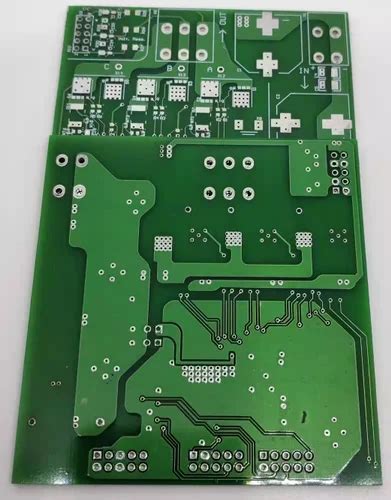
Next-Gen Automotive Electronics PCB Trends
The evolution of automotive PCB assembly is accelerating to meet the demands of next-generation vehicle systems, driven by advancements in 5G connectivity, AI-driven sensors, and high-power electric drivetrains. Modern PCBA designs now prioritize ultra-compact layouts with high-density interconnect (HDI) technology to accommodate shrinking form factors while maintaining signal integrity in advanced driver-assistance systems (ADAS). Emerging trends include the adoption of flexible and rigid-flex PCBs for complex spatial configurations in autonomous vehicles, enabling seamless integration with curved displays and distributed control modules.
To ensure compliance with stringent automotive standards, manufacturers are leveraging embedded component packaging and thermal management solutions to enhance durability under extreme temperatures and vibrations. Additionally, PCB assembly processes now incorporate AI-powered inspection systems to detect micro-defects in real time, critical for safety-rated electronics. As electric vehicles (EVs) and autonomous platforms dominate R&D roadmaps, PCBA innovations are increasingly focused on high-voltage compatibility and EMI/RFI shielding to safeguard sensitive onboard networks. These developments underscore the pivotal role of precision-engineered automotive PCB assembly in shaping the future of smart, sustainable mobility.
Conclusion
The evolution of automotive PCB assembly underscores its pivotal role in enabling next-generation vehicle technologies. As PCBA processes advance, they address critical demands for high-reliability electronics, from thermal management in EV systems to signal integrity in autonomous driving architectures. Modern PCB assembly techniques must balance miniaturization with durability, ensuring compliance with stringent automotive standards like AEC-Q100 and ISO 26262.
Innovations in materials and manufacturing workflows are resolving challenges such as vibration resistance and extended operational lifespans, while smart mobility integration relies on PCBA solutions that support real-time data processing and vehicle-to-everything (V2X) communication. Looking ahead, the industry’s shift toward flexible substrates and embedded components will further refine automotive PCB assembly, aligning with trends like centralized E/E architectures and AI-driven predictive maintenance. By prioritizing precision and adaptability, manufacturers can meet the escalating demands of next-gen automotive electronics while maintaining scalability for future innovations.
FAQs
What makes automotive PCB assembly different from standard PCBA processes?
Automotive PCB assembly requires stricter adherence to reliability and environmental resilience due to extreme operating conditions. Components must withstand vibrations, temperature fluctuations, and moisture, demanding advanced materials like high-Tg substrates and rigorous testing protocols such as AEC-Q100.
How do automotive standards impact PCBA design?
Compliance with ISO 26262 and IATF 16949 ensures functional safety and traceability. This mandates failure mode analysis, thermal management, and EMI shielding integration during PCB assembly, particularly for ADAS and EV powertrain systems.
What challenges arise in ensuring durability for vehicle electronics?
Vibration resistance and corrosion prevention are critical. Techniques like conformal coating and selective soldering in PCBA enhance longevity, while automotive-grade connectors mitigate wear from frequent thermal cycling.
Can existing PCB assembly methods support autonomous driving technologies?
Yes, but they require high-density interconnects (HDI) and embedded component integration. Automotive PCB assembly must also prioritize signal integrity for sensors and processors, leveraging multilayer boards and low-loss materials.
Why is thermal management vital for EV systems in PCBA?
High-voltage components in EVs generate excess heat. Optimized PCB assembly incorporates thermal vias, metal-core boards, and heat sinks to dissipate energy efficiently, preventing performance degradation in battery management systems.
Ready to Elevate Your Automotive Electronics?
For tailored PCB assembly solutions that meet next-gen automotive demands, please click here to explore our expertise in high-reliability PCBA for smart mobility and EV innovations.


